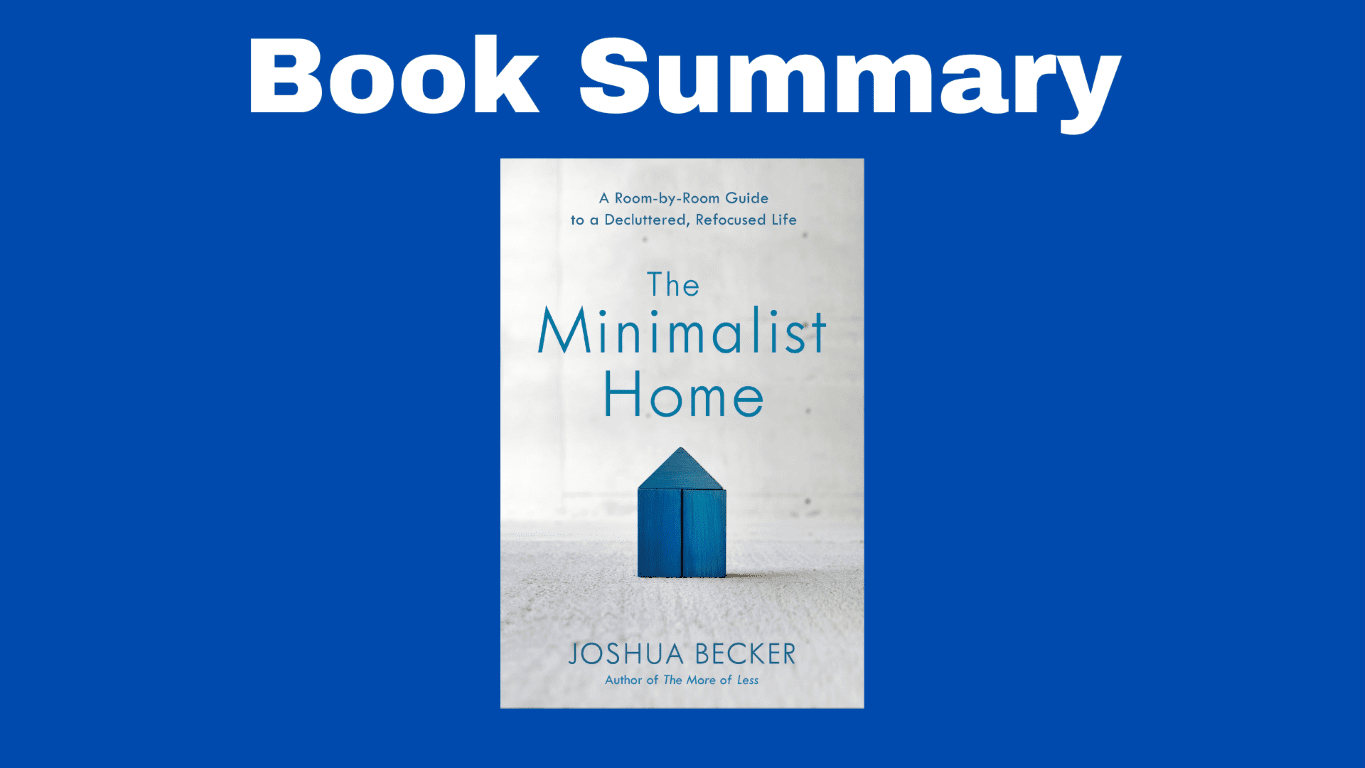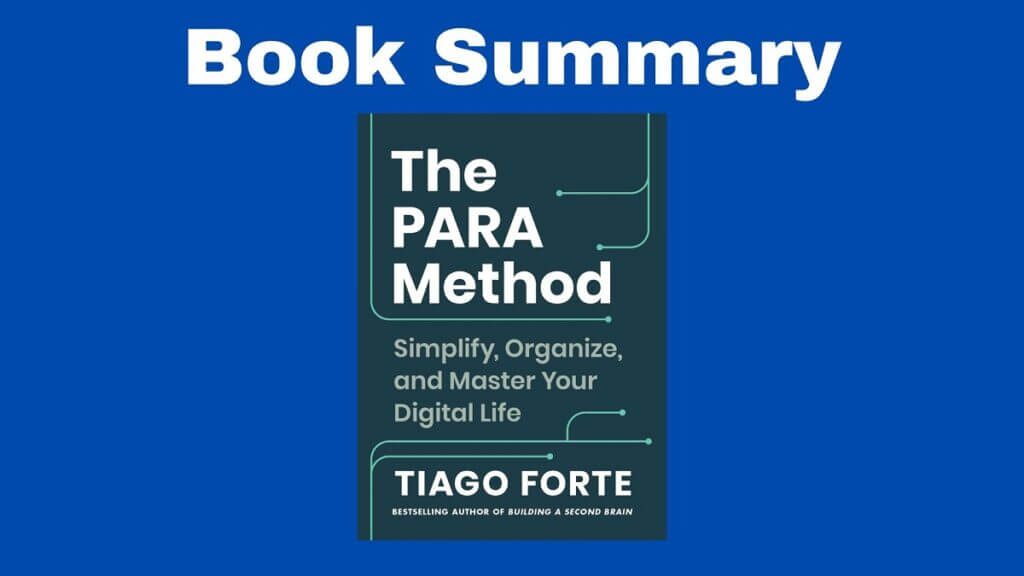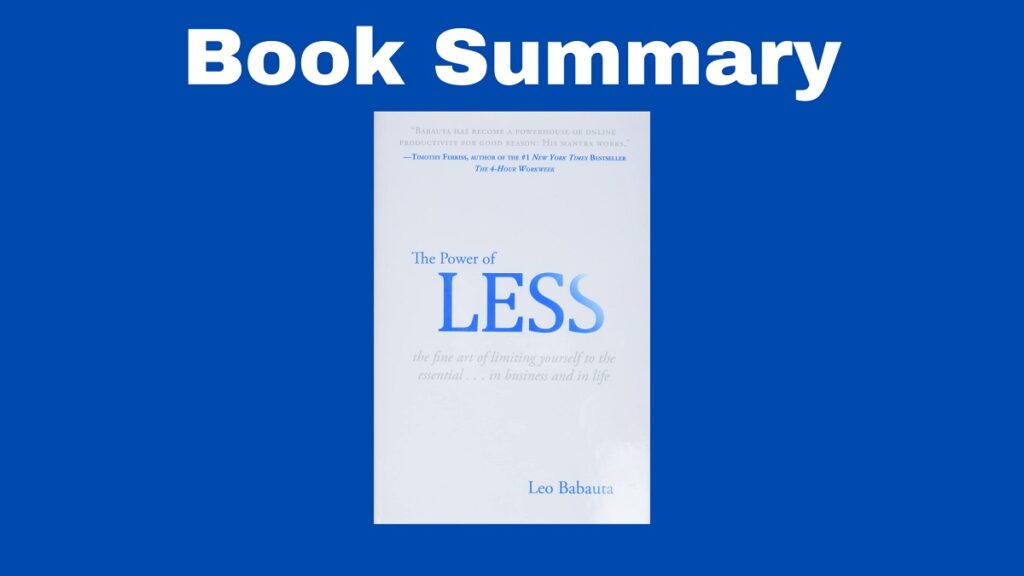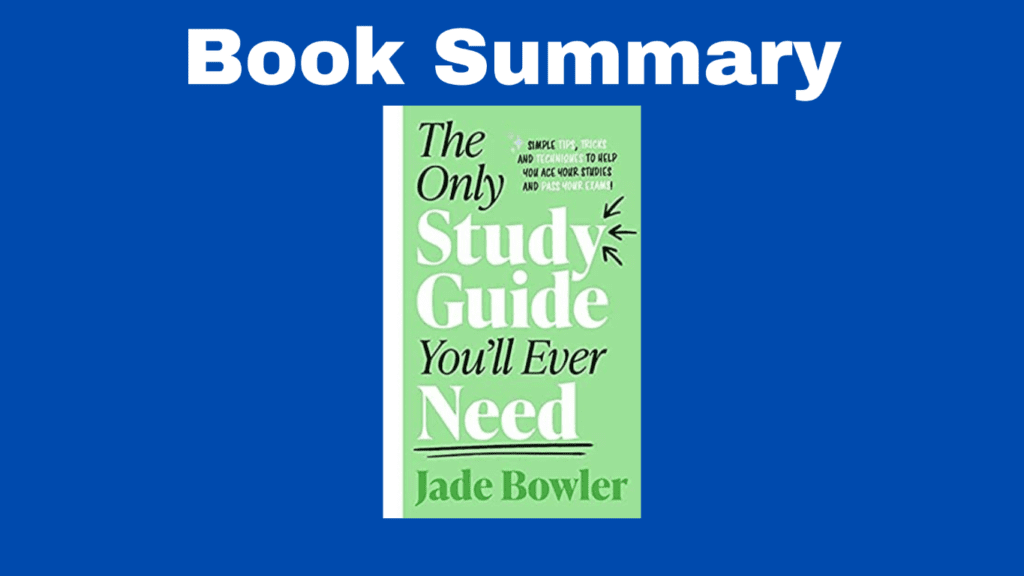The Book in Three Sentences
In this book summary of Joshua Becker’s The Minimalist Home, you’ll learn how to organize your house room by room. The book offers a series of practical steps so that you know what to keep and what to give away. The idea behind the minimalist philosophy is that after getting rid of the stuff you don’t use, you’ll find purpose, peace, and contentment.
The Minimalist Home Summary
Part I: You
Chapter 1: Minimalism Makeover
There is more joy to be found in owning less instead of accumulating more.
Minimalism is about removing the things that distract you from the things you love.
Minimalism is the intentional promotion of things we most value and the removal that distracts us from them.
Minimizing is optimizing.
The benefits of a minimized home are:
- A better place to come home to
- A better place to go out from
Chapter 2: The Becker Method
Learn how to keep only those things that align with your life purposes.
- Have goals for your home and life in mind and start minimizing
- Make it a family project
- Be methodical
- Have fun
- Revisit and revise your goals
Minimalism frees up physical space and “mind space”. In the average home, you have to organize the following:
- Living room/family room
- Bedrooms
- Clothes closets
- Bathrooms/laundry rooms
- Kitchen/dining areas
- Home office
- Storage areas
- Garage/yard
For each item ask yourself, “do I need this?” Does this thing help me achieve my purpose in life or slow me down in its pursuit?
An object has two prices: a monetary price and a “clutter cost” which translates into the money, time, energy, and space it takes. So is the object in question a burden or a benefit?
You can apply the 80/20 Pareto principle here. We use 20% of our possessions 80% of the time.
Part 2: Spaces
Chapter 3: “Us” Rooms
Decluttering the living room and family room.
What to do with the things you don’t want:
- Donate
- Sell
- Throw away or recycle
How to minimize the living room and family room:
- Relocate things that don’t belong.
- Clear flat surfaces.
- Declutter the entertainment system (this includes old electronics, unnecessary cords, discs, and games).
- Dig in to the storage areas in these rooms.
- Remove furniture and other large items.
You don’t need more space. You need less stuff.
Chapter 4: Personal Refuge
Decluttering the bedrooms and guest room
- Relocate things that don’t belong where they are
- Clear the floors
- Clear surfaces
- Decide how to use clothes and drawers
- Simplify bed linens
- Pare down your decorations
- Get rid of furniture
- Make the best use of under-the-bed space
Rethink the bedroom TV, you’ll use less energy, have more intimate encounters, have more space, fewer distractions, more time for reading.
Once you’ve minimized your own bedroom, you can move on to your kid’s.
Chapter 5: Iconic
Decluttering the clothes closet and mudroom
- Consider removing non-clothes items
- Set a goal for your clothing reduction
- Categorize your clothing and give things away
- Keep only one size (the size that fits you now)
- Reduce accessories
Chapter 6: Clean Sweep
Decluttering the bathrooms and laundry rooms
Decluttering the bathroom has its own benefits: they’ll look bigger, they’ll be easier to clean and we’ll remove a certain amount of stress from the mornings.
For the bathroom:
- Clean your medicine cabinet
- Organize and minimize beauty products
- Minimize your kids’ bathroom supplies
- Reduce cleaning products to the minimum
- Reduce the number of towels
- Clear the countertops
- Declutter the bathtub or shower
For the laundry room:
- Remove things that don’t belong
- Remove decorations
- Remove unnecessary products
- Organize supplies so that they’re easy to reach
Chapter 7: The Heart of the Home
Decluttering the kitchen and the dining room
For the kitchen:
- Remove everything that doesn’t belong in the kitchen
- Notice physical boundaries
- Remove duplicates or unused items
- Every item should have its proper home
- Clear the counters
- Clean the pantry
For the dining room:
- Remove everything that doesn’t belong in the dining room
- Clear the table
- Reconsider decorations
- Remove unneeded furniture
Chapter 8: Freeing the Mind
Decluttering the home office
- Clear out storage cabinets, drawers, and closets
- Reduce the number of books on your shelves
- Simplify the walls
- Go through your filling cabinets
- Remove furniture and accessories you don’t need
- Use a wide-open desktop
Chapter 9: Unburdening Yourself of the Past
Decluttering the storage, hobby areas, and toy room
- Remove unnecessary large items
- Get rid of smaller nonsentimental items you don’t need
- Get rid of of collections
- Reduce holiday decorations
- Reduce sentimental items to only the best
Chapter 10: Your second chance to make a first impression
Decluttering the garage and yard
For the garage
- Remove the products of your own minimizing
- Get rid of trash
- Reduce the amount of kid’s toys and sport equipment
- Dispose of hazardous items safely
- Minimamize tools and only keep the ones you use
- Reduce outdoor hobby gear
- Organize what’s left
For the yard
- Remove decorative items
- Eliminate unnecessary outdoor furniture
- Remove unused play items
- Simplify your gardening
- Move to a natural, easy-to-care for landscape
How to change your buying habits?
- Don’t overbuy
- As yourself: do I really need this?
- Follow the 24-hour rule
Part 3: Future
Chapter 11: A Small Suggestion
Consider downsizing to a smaller home. If you do, you’ll be able to multiply the benefits you’ve acquired through minimizing.
The advantages of minimalism in a smaller house include:
- More money
- Less time and energy spent cleaning and maintaining
- Better family bonding
- Less environmental impact
- Easier perpetuation of your minimalism
- Wider market to sell
Chapter 12: This Changes Everything
- See the potential in yourself first
- Allocate the resources to the things that matter to you
- Learn when to say no
- Nurture gratitude; grow generosity
- Look for a greater purpose outside yourself
- Get moving




